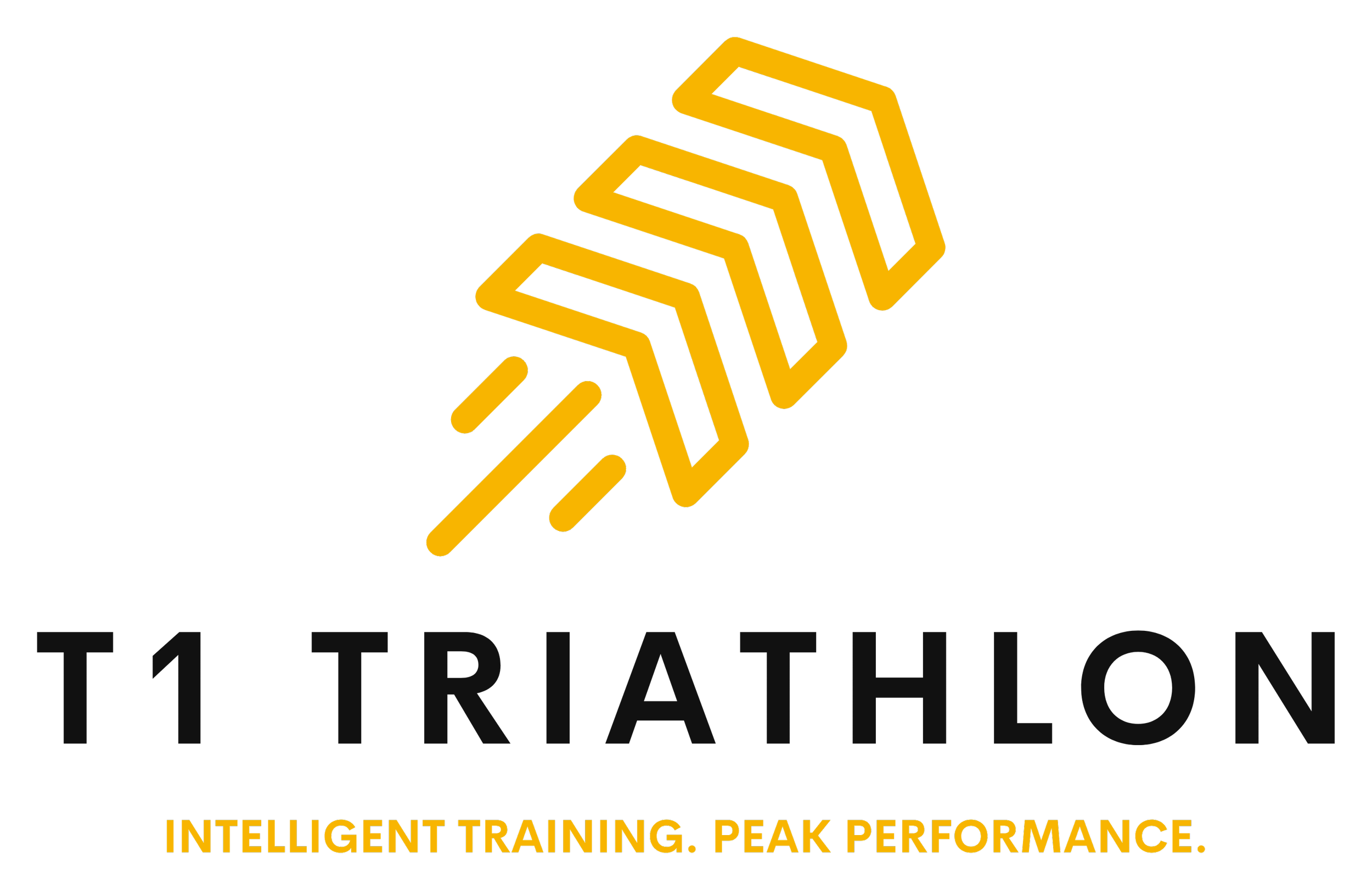The Off-Season Reset: How to Step Back Without Losing Momentum
There’s a moment, every fall, when I see the same look in my athletes’ eyes — a mix of fatigue and restlessness. The race season is over. The finish lines are behind them. Yet, instead of relief, many feel uneasy. The structure that guided their days is gone, and in its place is silence — no sessions to upload, no pace targets to chase, no purpose, at least not in the same way.
That silence, though, is where the real work begins.
The off-season is the paradox of endurance sport: we fear that slowing down will make us lose everything we’ve built, when in reality, stepping back is what allows us to move forward. After decades of coaching and racing, I’ve come to see the off-season not as a loss of momentum but as a deliberate reset — one that turns fatigue into fuel for what’s next.
Why the Off-Season Feels Hard (Even When It’s Easy)
Here’s the truth: triathletes are wired for progress. We thrive on measurable improvement — watts, pace, power, HRV, Training Stress Scores. So when we shift into recovery, where progress looks like stillness, it can feel wrong.
But this discomfort is part of the process. It means you care about your craft. It means you’ve built discipline. The key is learning to channel that discipline differently during the recovery block.
I often remind my athletes: training stress is only half the equation; recovery is the other half. Without balance, progress stalls. The body needs periods of reduced load — or what sports scientists call the periodization rest phase — to trigger adaptation.
A 2025 review published in the Journal of Applied Physiology showed that athletes who incorporated structured recovery phases every 12–16 weeks saw greater improvements in aerobic efficiency, power output, and hormonal balance compared to those who trained continuously year-round. It’s not just about working hard — it’s about working rhythmically.
How Much Should Triathletes Train in the Off-Season?
The answer depends on your goals and your fatigue level at season’s end. But in general, I recommend reducing total training load by about 40–60% from your peak volume.
The goal isn’t to maintain peak fitness; it’s to maintain foundational fitness — the aerobic base that supports future work. Think of this as the base phase triathlon foundation. You’re not sharpening the sword; you’re oiling it, polishing it, and preparing it for another season of use.
This is also the best time to break patterns that have become stale. Ride your mountain bike. Swim without your watch. Hike with your family. Run without looking at pace. These aren’t distractions — they’re recalibrations. They remind you that you fell in love with this sport not because of the numbers, but because of how it makes you feel alive.
One of my athletes once called this “training my curiosity.” That’s exactly what the off-season should do — spark curiosity, not performance anxiety.
The Physiology of Stepping Back
Athletes often worry that rest equals regression. And yes, some short-term metrics will decline — your FTP might drop a few watts, your run pace may slow slightly, your swim feel might dull. But physiologically, this is normal and healthy.
Here’s what happens: when training stops or reduces, there’s an initial decline in blood volume, mitochondrial activity, and enzyme function. But this detraining effect plateaus quickly, and the recovery mechanisms that repair tissue, restore glycogen, and rebalance hormones kick into overdrive.
When you begin training again, your body responds more efficiently — a principle called supercompensation. In other words, by doing less now, you’re setting yourself up to do more later.
It’s the same logic used in tapering before a race, but extended to a season-wide scale. You can’t build indefinitely. Every strong athlete I know has mastered the art of stepping away at the right time.
The Mind Game: Letting Go Without Falling Apart
What I’ve noticed after years of coaching is that the hardest part of the off-season isn’t the physical rest — it’s the mental surrender.
Athletes who are used to constant structure often struggle with ambiguity. Without clear metrics, they lose their sense of progress. That’s why I frame the off-season as a mental skill — a chance to practice detachment.
When you stop tying your self-worth to your training data, you begin to see the bigger picture: growth isn’t linear, and improvement isn’t a straight line upward.
I’ve had athletes come back from their off-season leaner, happier, and more grounded — not because they trained, but because they reconnected with themselves. They read more. Slept more. Cooked better food. Spent time with people who don’t care about their FTP. And when they returned, they were hungry again — not for perfection, but for purpose.
That hunger is what sustains a triathlete over decades, not months.
The Reset Ritual: How to Step Back Intentionally
A well-executed off-season doesn’t happen by accident. It’s designed with intention. Here’s what that looks like in practice:
First, I have athletes take one to two weeks completely off — no structured training, just movement as it feels right. Then, we reintroduce active recovery: light aerobic sessions, mobility work, yoga, and strength fundamentals. We rebuild from the ground up.
This transition period is where you can address imbalances that built up during the season — maybe your right hip is tighter, your posture needs work, or your swim mechanics have drifted. When fatigue is gone, awareness returns.
The other part of this reset is psychological. I ask athletes to reflect on three questions:
What did this season teach you?
What did you enjoy most?
What do you want to feel next season?
Those answers often shape the goals we set for the next cycle — goals that come from curiosity and purpose, not from comparison or fear.
When the Fire Returns
After about four to six weeks, you’ll start to feel the itch again. That’s your cue to transition into your off-season endurance plan or early base phase. The key is to reintroduce structure gradually.
I use the first few weeks of the base phase to reestablish rhythm — not intensity. Aerobic rides, technique swims, easy runs, and strength work form the backbone. You’re rebuilding capacity, not chasing output.
The most successful athletes I’ve coached treat the off-season like a slingshot: they pull back intentionally so that when it’s time to launch, they explode forward with clarity and force.
The Lesson of Stillness
This season taught me something I relearn every year: stillness is not stagnation. It’s preparation.
You can’t accelerate indefinitely. Even the most powerful engines overheat. The body and mind need periods of cooling — of neutrality — to perform at their best.
So if you’re in your off-season now, don’t rush it. Don’t fill every space with “maintenance work.” Let yourself drift. Ride when you feel like it. Sleep in. Go for a walk. Think long-term, not immediate. Because next season’s strength starts here — not in your next workout, but in your willingness to pause.



